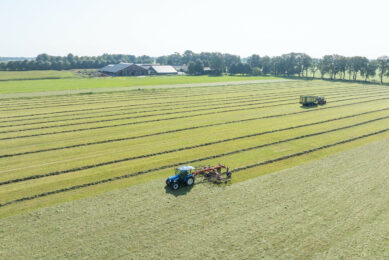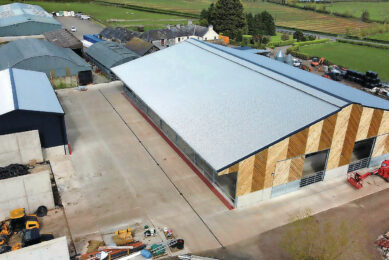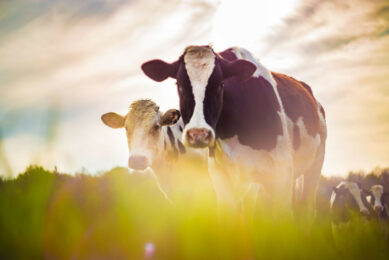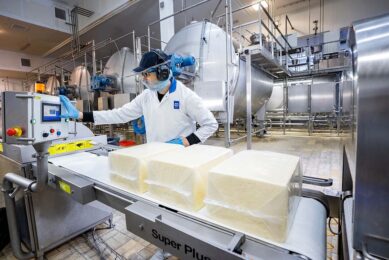Northern Ireland: Innovation to reduce slurry build-up
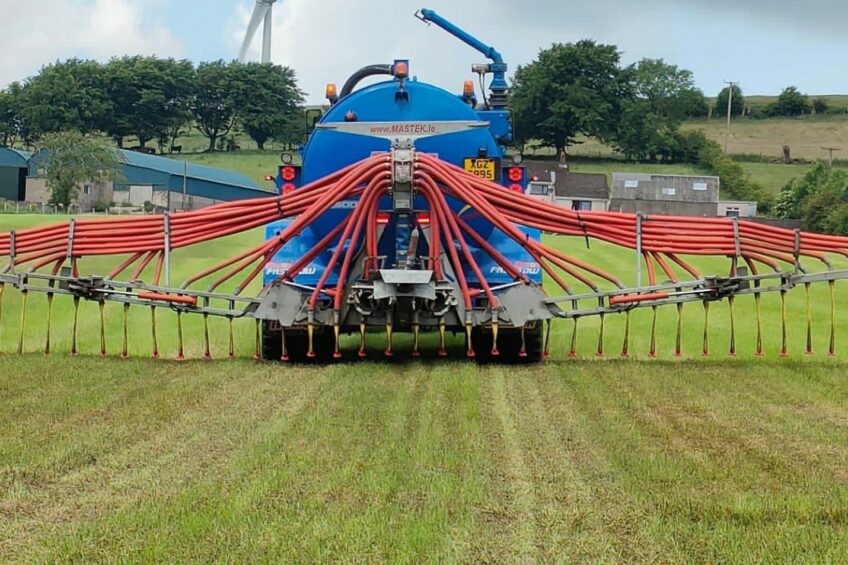
A Northern Ireland livestock farmer has developed a novel attachment for dribble bars that reduces the build-up of slurry on the ground once applied.
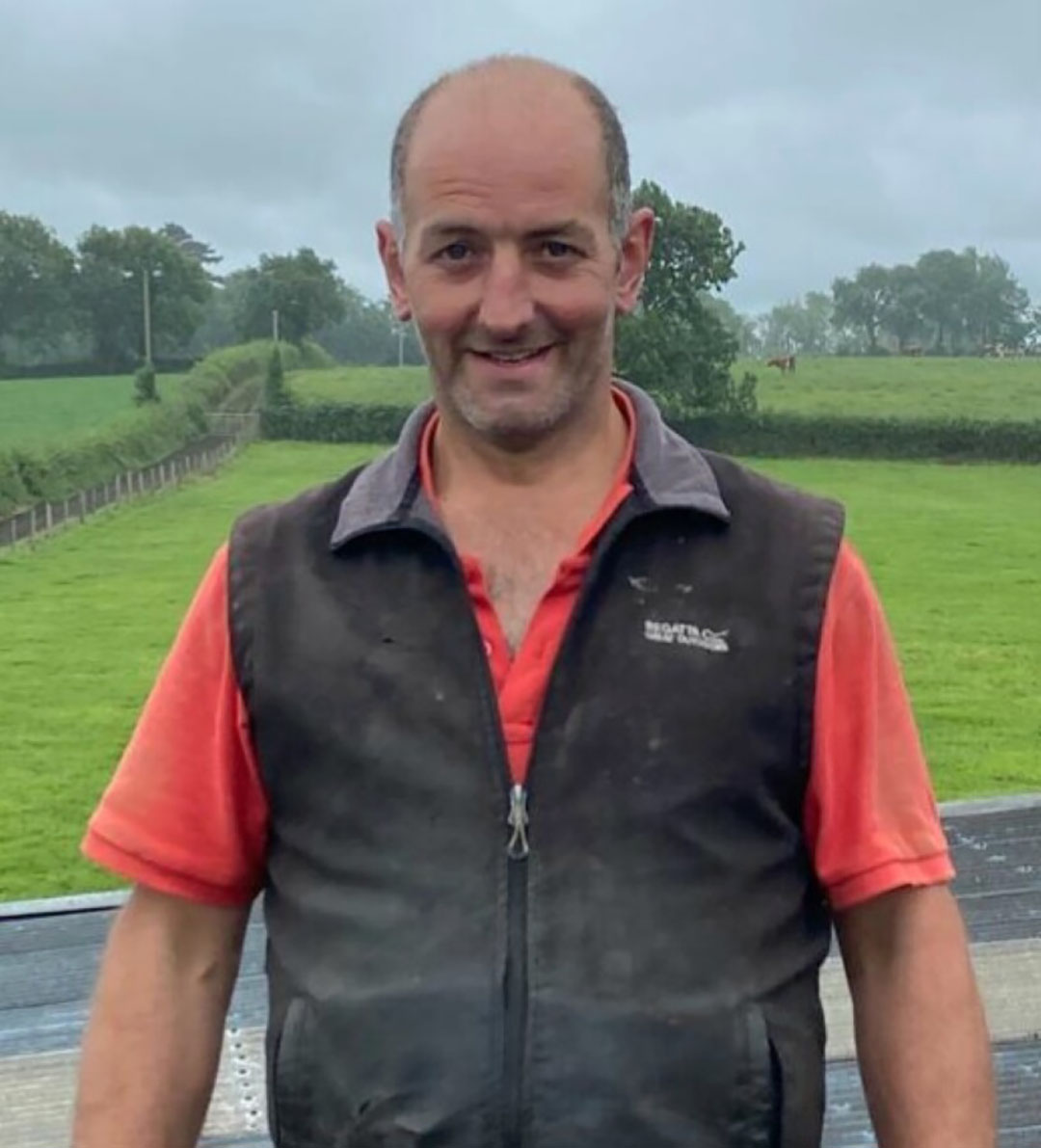
Many countries worldwide have introduced various legislations to reduce gas emissions when spreading slurry, and with it, banned the traditional spread plate on slurry tankers.
Today, the preferred method of applying slurry to the ground is via Low Emission Slurry Spreading Equipment (LESSE) such as dribble bars, slurry injection or trailing shoe. However, farmers have noted that, in many cases, the line of slurry, when spread via a dribble bar, can cake up and re-emerge in the silage sward or round bale.
This can have major implications for livestock health as bacteria can spread in the animal if it consumes the contaminated grass.
A new approach
With this in mind, Stephen McKeown from Newtownabbey has developed a new approach to the problem and developed Splash It through his new company Splash It Ltd.
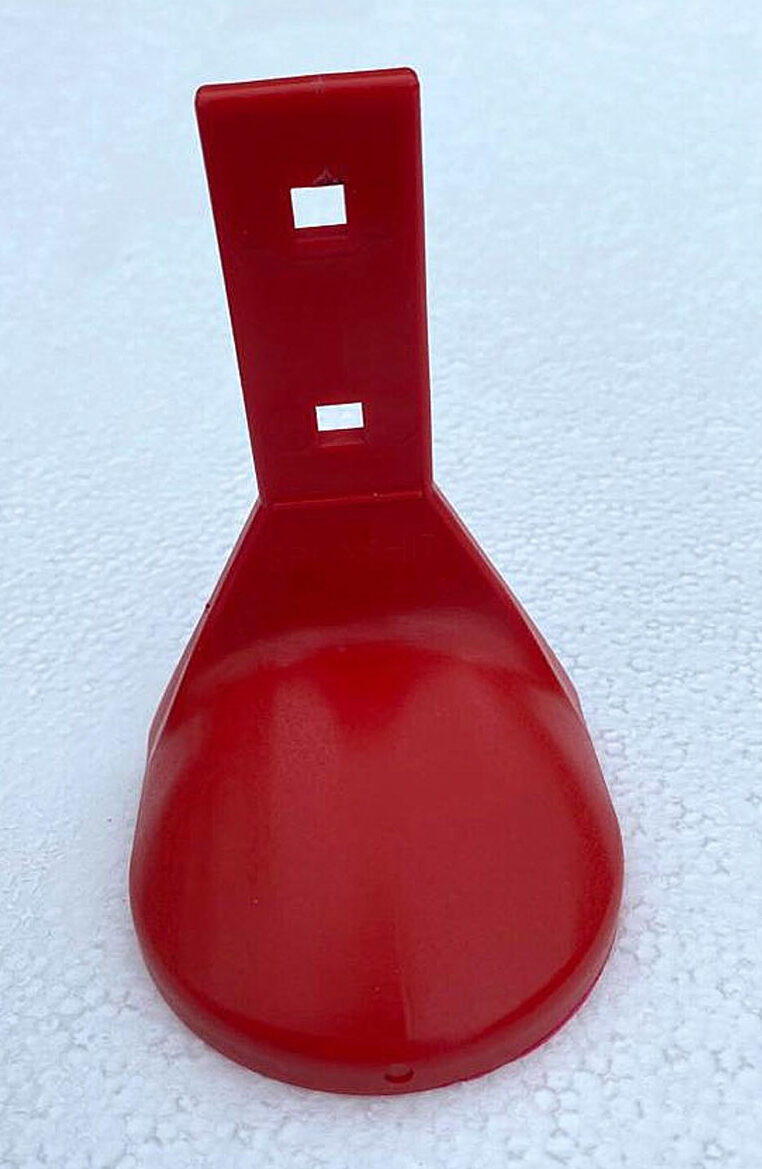
“This is a moulded piece of polypropylene that fits on to the bottom of the pipes on a dribble bar,” said McKeown . “It is very light and sturdy with some flexibility in it. The plate is easily attached to the dribble bar pipes using 2 stainless steel bolts and nuts. When the slurry is being applied it spreads out more evenly on the field thus cutting out the caking issue,” he said.
McKeown’s device can be fitted quickly, taking around 1 hour to fit 40 of them to a 40 hose dribble bar.
He added: “They will last a long time, given they are produced via injection moulding and the strength of the material used to make them. Using the Splash It plate is still low emission application as there is no change to the pressure from the dribble bar. The slurry is simply spread more evenly on the surface of the ground counteracting the problem of it caking up in the dribble bar lines.”
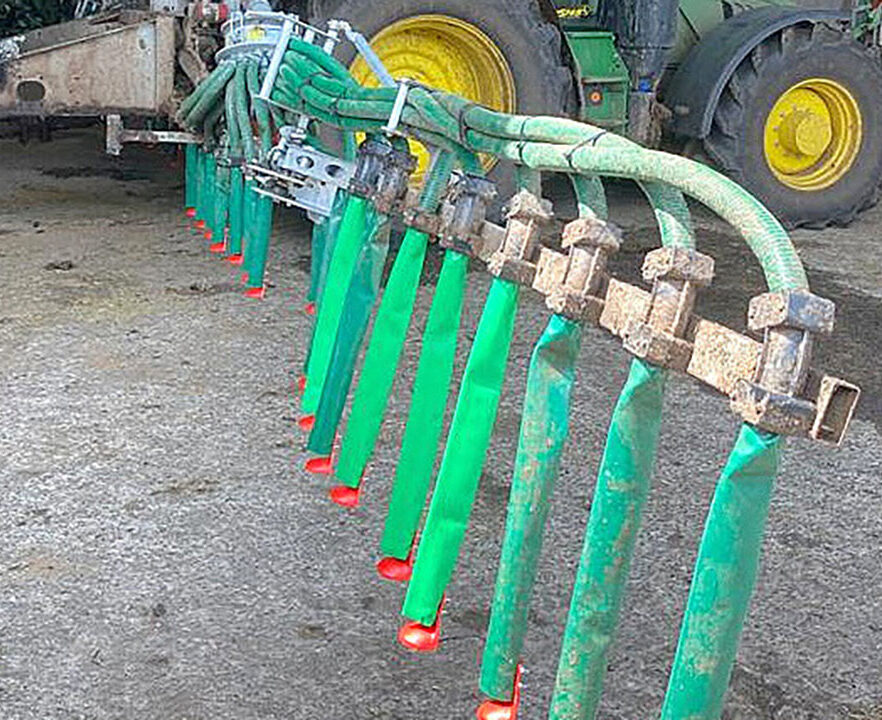
It’s only been a matter of weeks since McKeown launched his device on the market and already thousands of the Splash It plates have been sold and are working in the fields. What started out as just a brainwave has turned into a viable business initiative for the livestock farmer.
“The uptake has been really good starting off with local farmers and contractors asking me to fit Splash It to their equipment,” said McKeown. “Now the word has got out, I am getting enquiries from other parts of the UK and Ireland. My goal is to market the product worldwide to help livestock farmers in other countries as well.
The Splash It device is patent pending.



